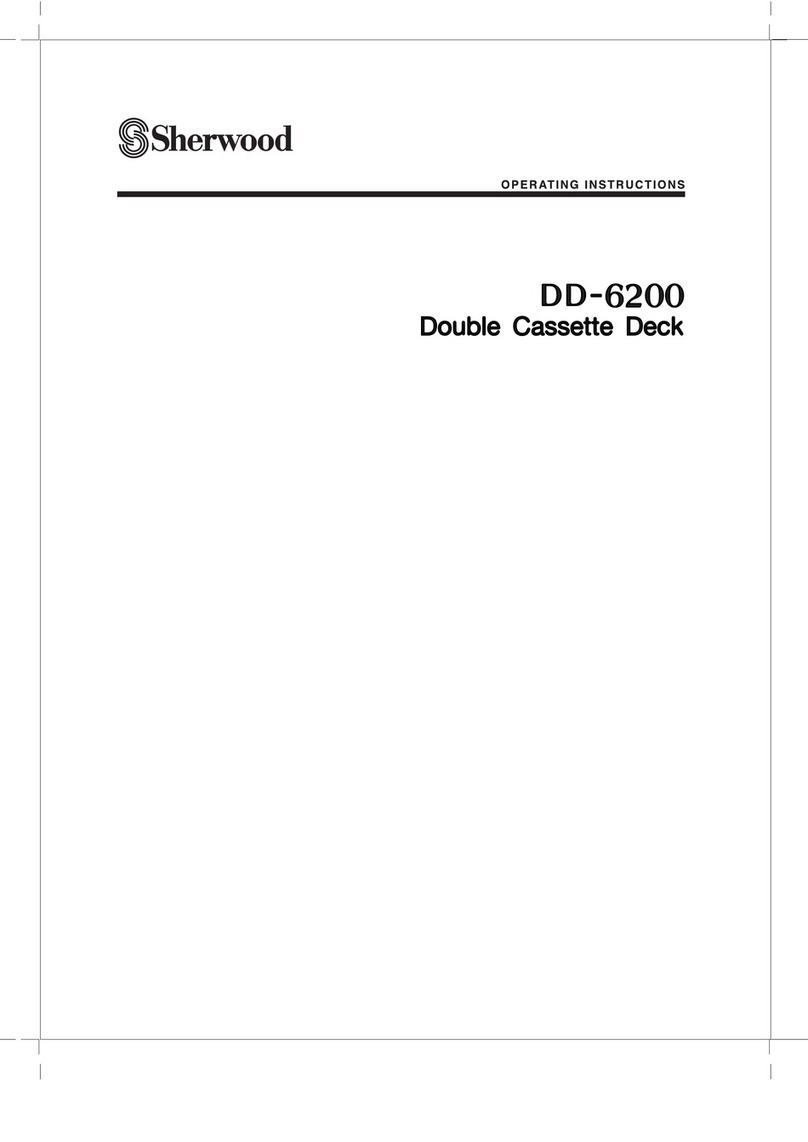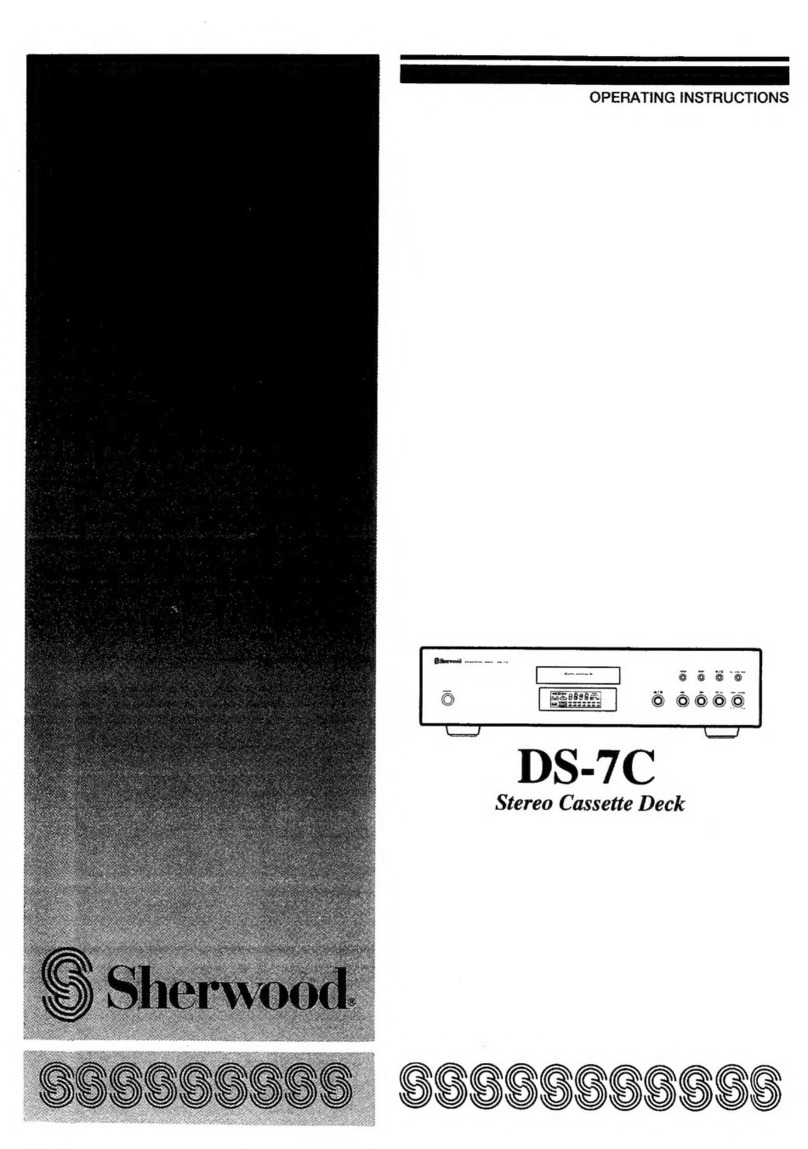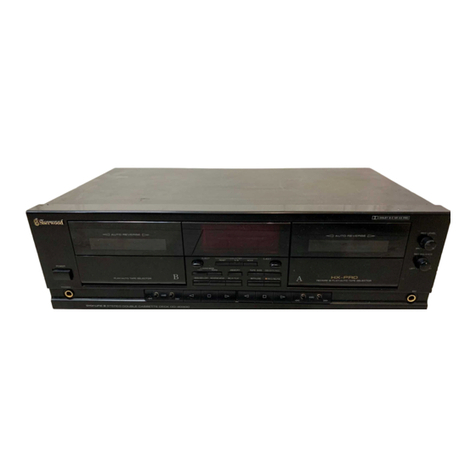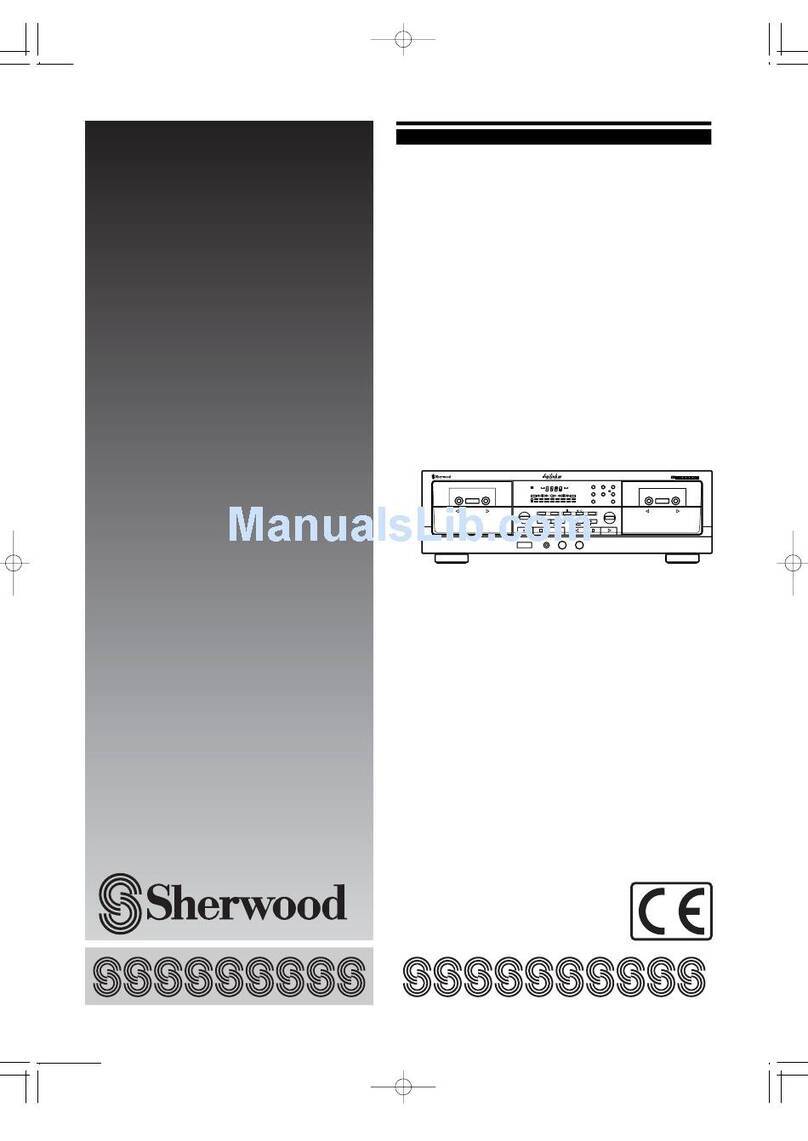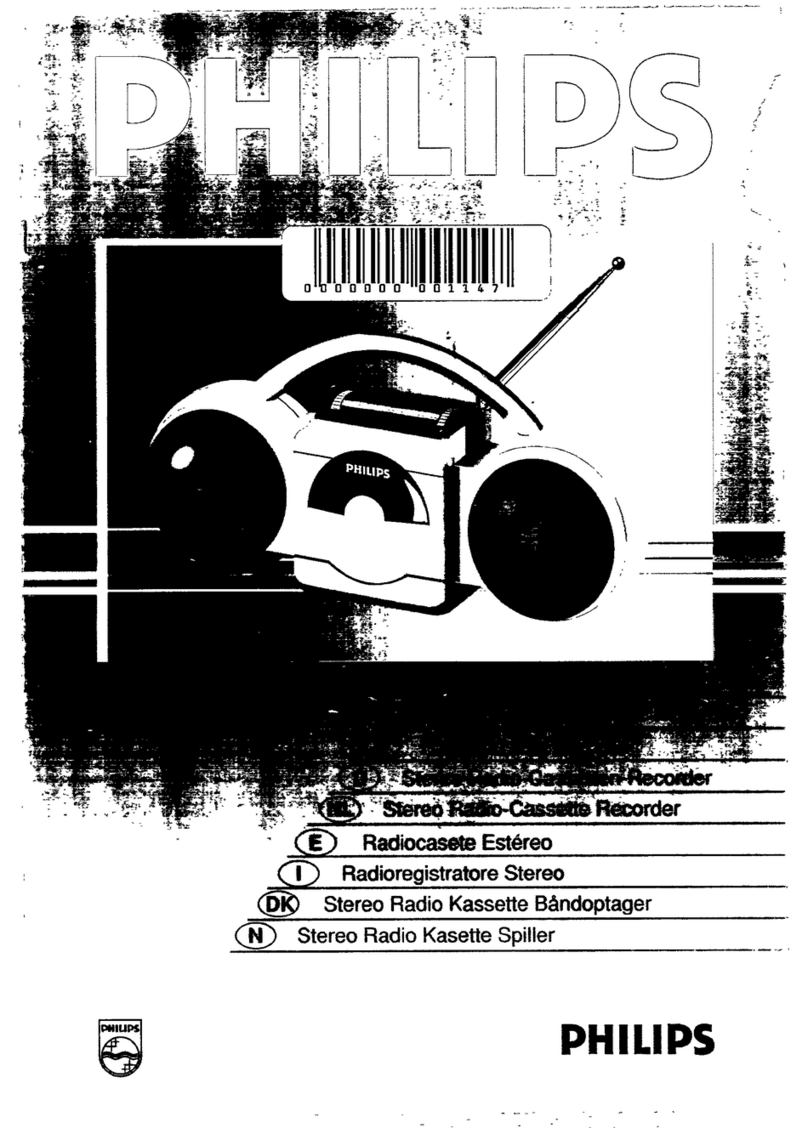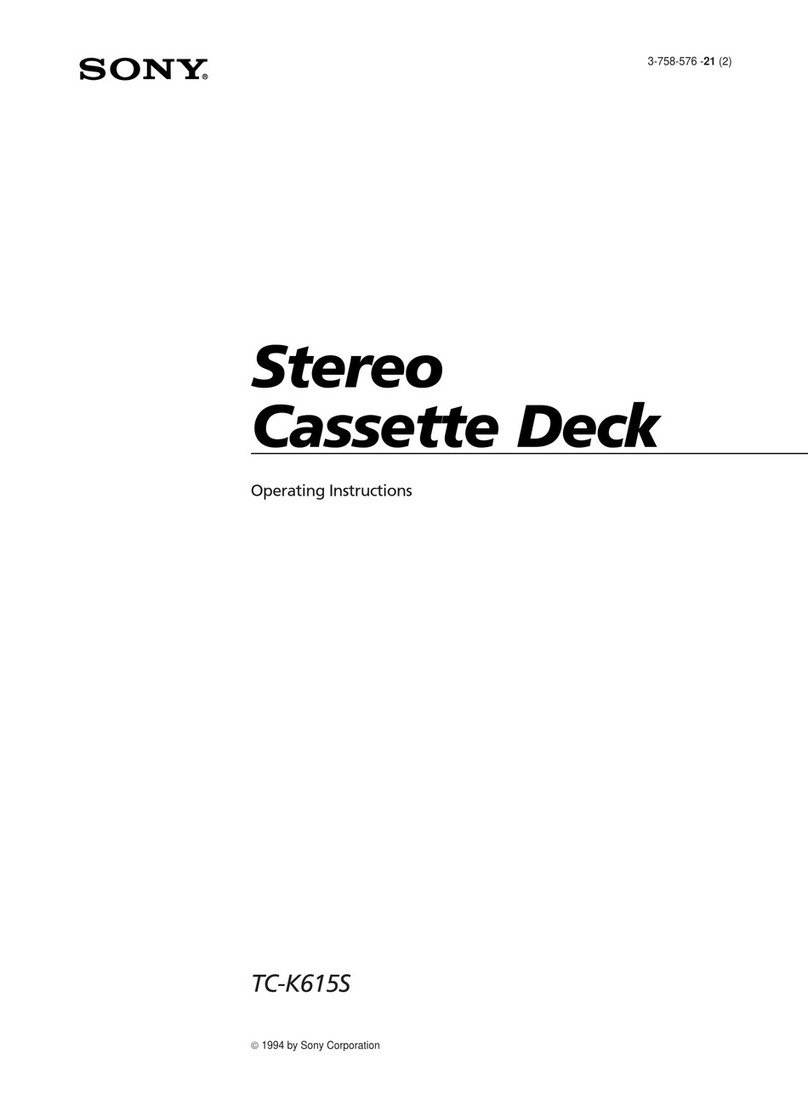Sherwood DD-1130 User manual
Other Sherwood Cassette Player manuals
Popular Cassette Player manuals by other brands

Sony
Sony CFS-B15 - Am/fm Stereo Cassette Recorder operating instructions

Sony
Sony WMFS220 - Portable Sports AM/FM Cassette... operating instructions

Aiwa
Aiwa HS-TA21 operating instructions
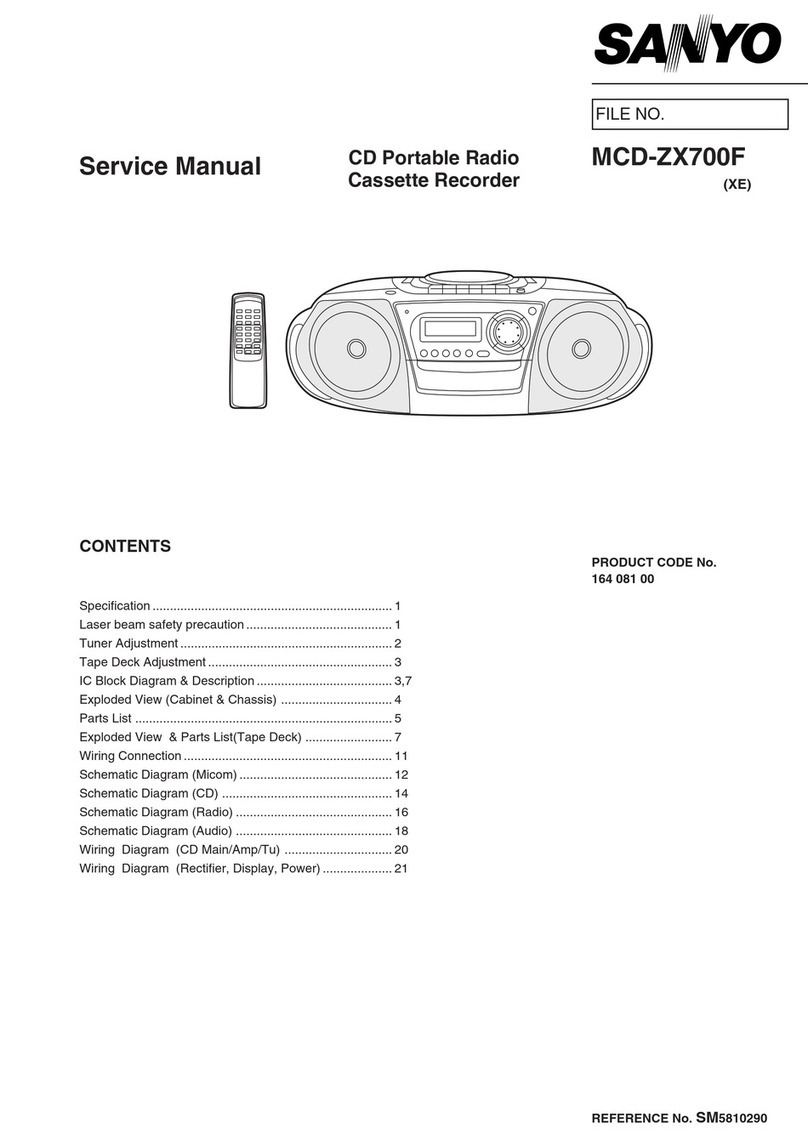
Sanyo
Sanyo MCD-ZX700F Service manual
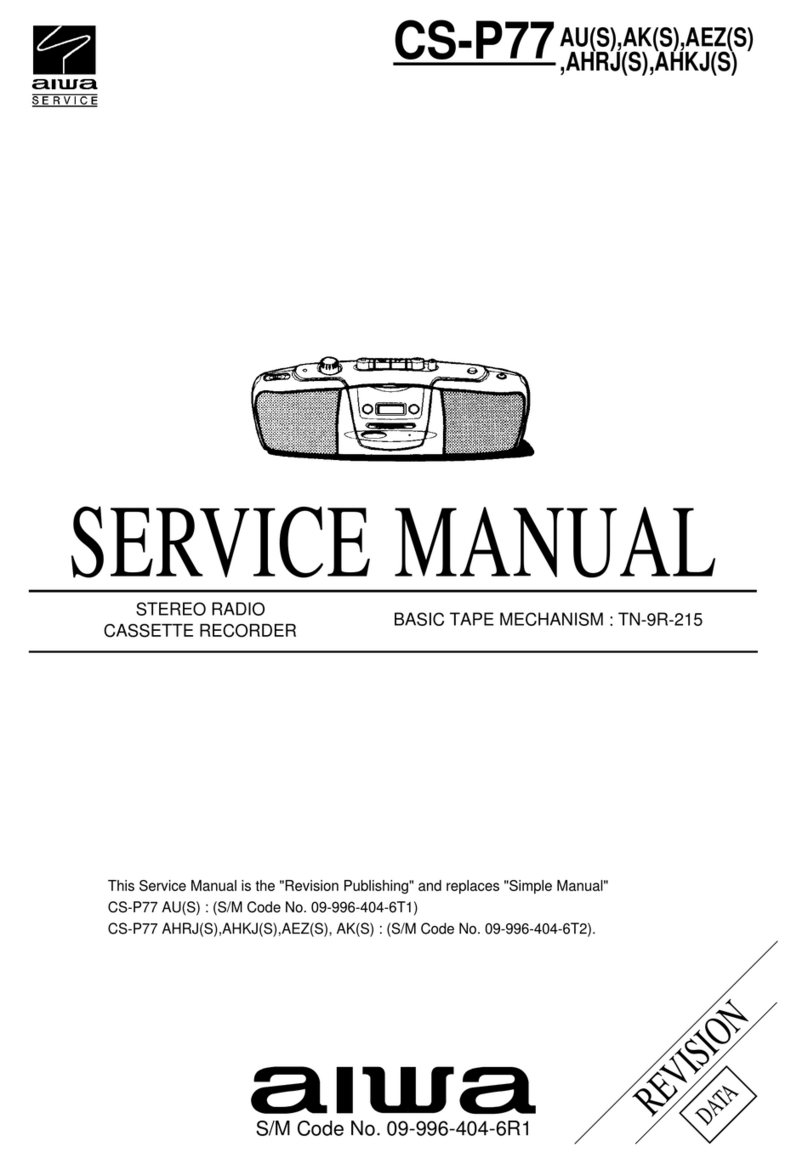
Aiwa
Aiwa CS-P77 Service manual

Sony
Sony Pressman TCM-465V operating instructions

